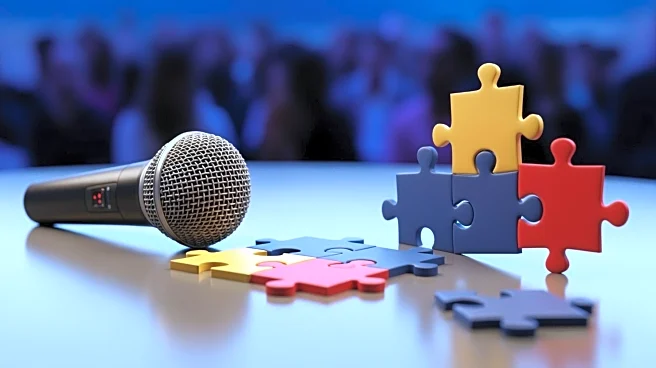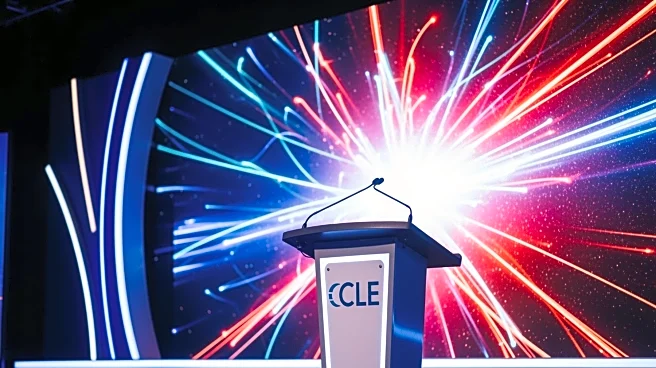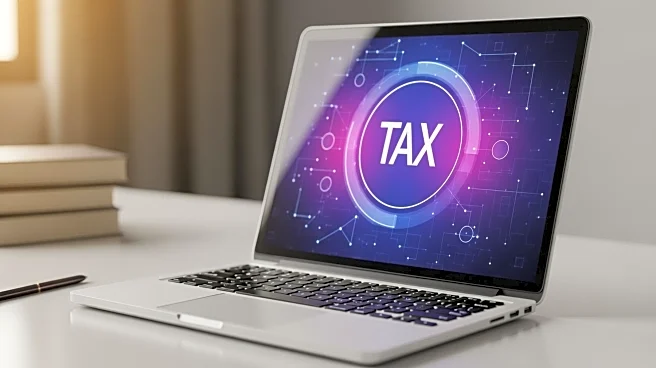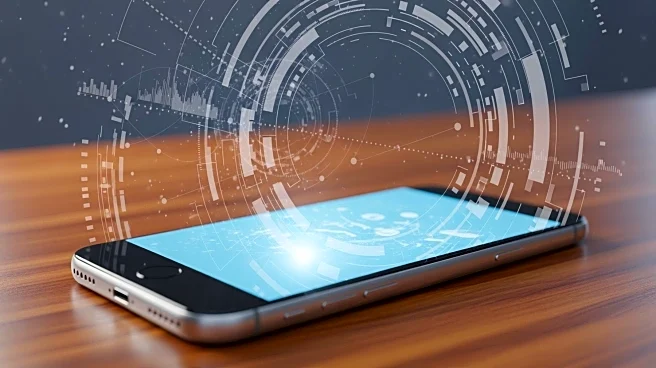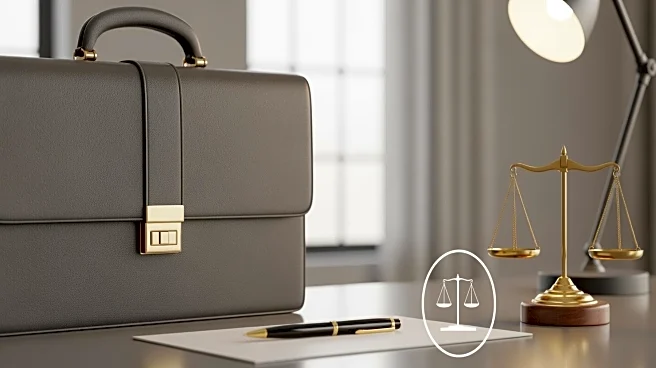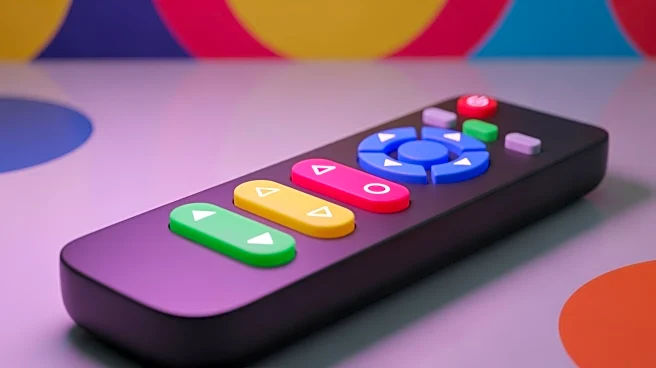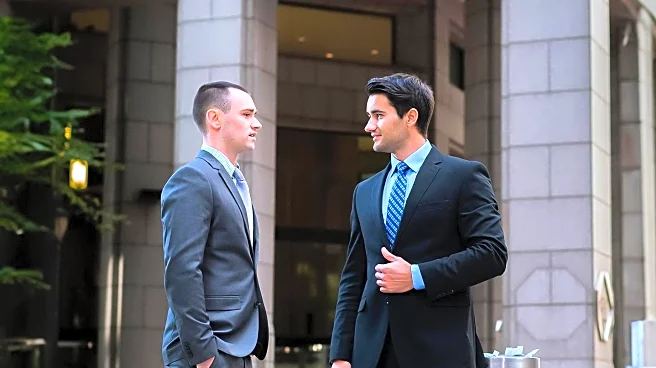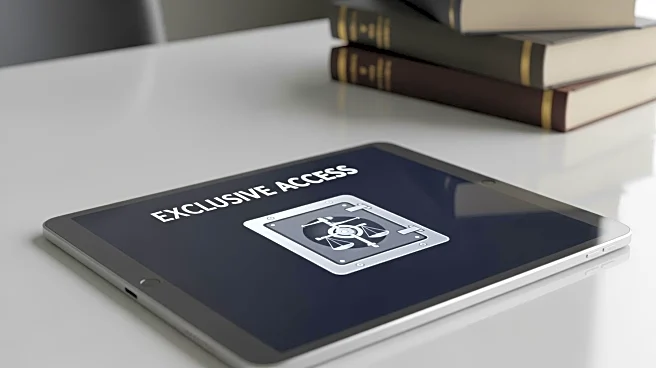What's Happening?
Continuing Legal Education (CLE) presentations are evolving to become more engaging and interactive. Presenters are encouraged to incorporate storytelling and real-life examples to connect with their audience.
By using hypotheticals and encouraging participation, presenters can transform passive listeners into active participants. This approach not only makes the presentation more dynamic but also enhances the learning experience. Presenters are advised to read the room and adjust their presentations based on audience reactions, ensuring a flexible and responsive delivery.
Why It's Important?
Engaging CLE presentations are crucial for effective legal education, as they ensure that attendees retain information and apply it in practice. By fostering interaction and relatability, presenters can create a more memorable and impactful learning experience. This approach benefits both presenters and attendees, as it encourages active participation and critical thinking. For legal professionals, mastering these techniques can lead to improved communication skills and stronger professional relationships, ultimately enhancing career prospects.
What's Next?
As CLE presentations continue to evolve, presenters may increasingly adopt technology and interactive elements to further engage their audiences. This trend could lead to the development of new presentation tools and platforms designed to facilitate interaction and storytelling. Legal professionals may also seek additional training in public speaking and presentation skills to enhance their effectiveness. The focus on engagement and interaction is likely to become a standard expectation in legal education, influencing how future CLE programs are designed and delivered.
Beyond the Headlines
The shift towards more engaging CLE presentations reflects broader changes in professional education, where interactive and experiential learning are becoming more valued. This trend highlights the importance of adaptability and communication skills in the legal profession. It also underscores the need for legal educators to continuously innovate and improve their teaching methods to meet the evolving needs of their audiences.
